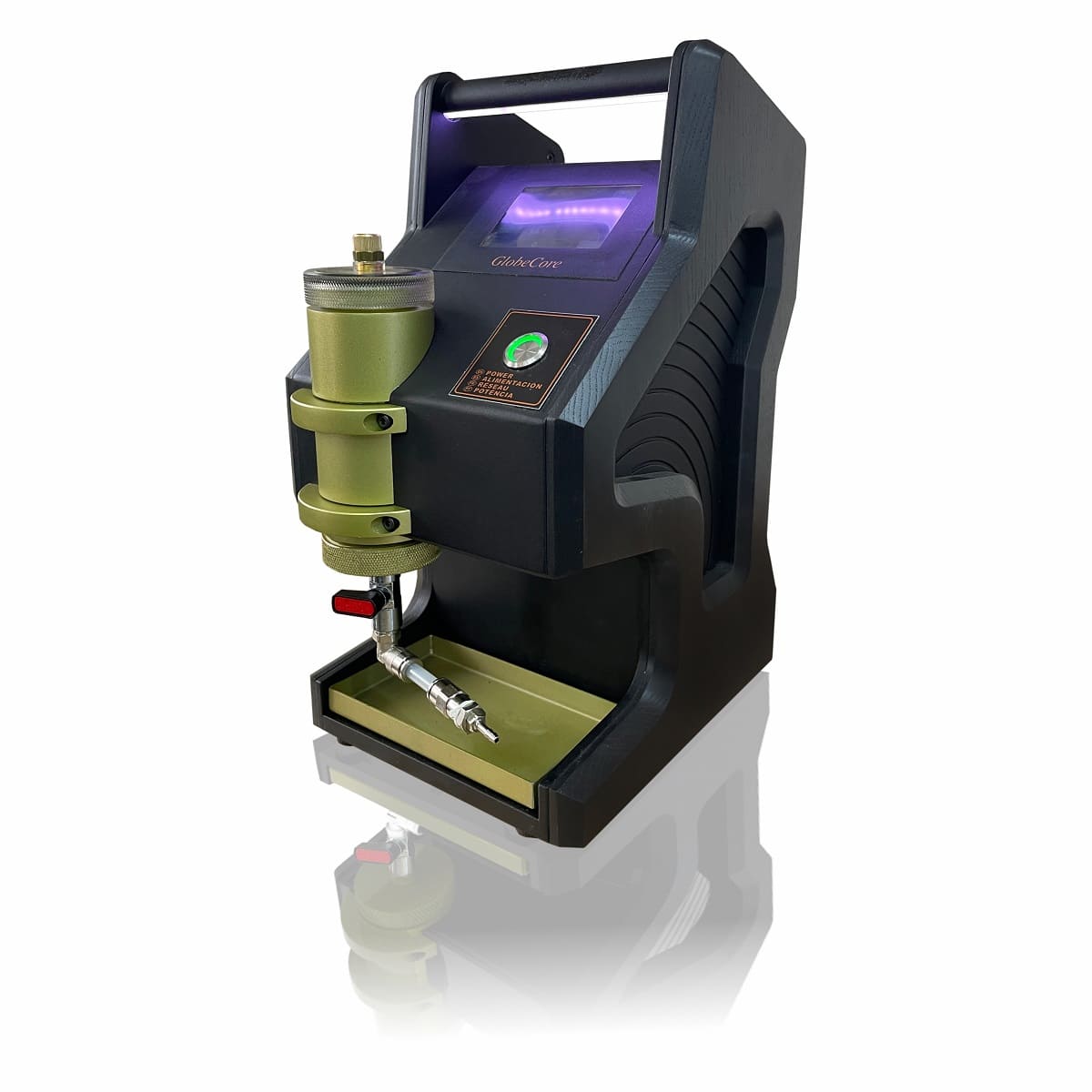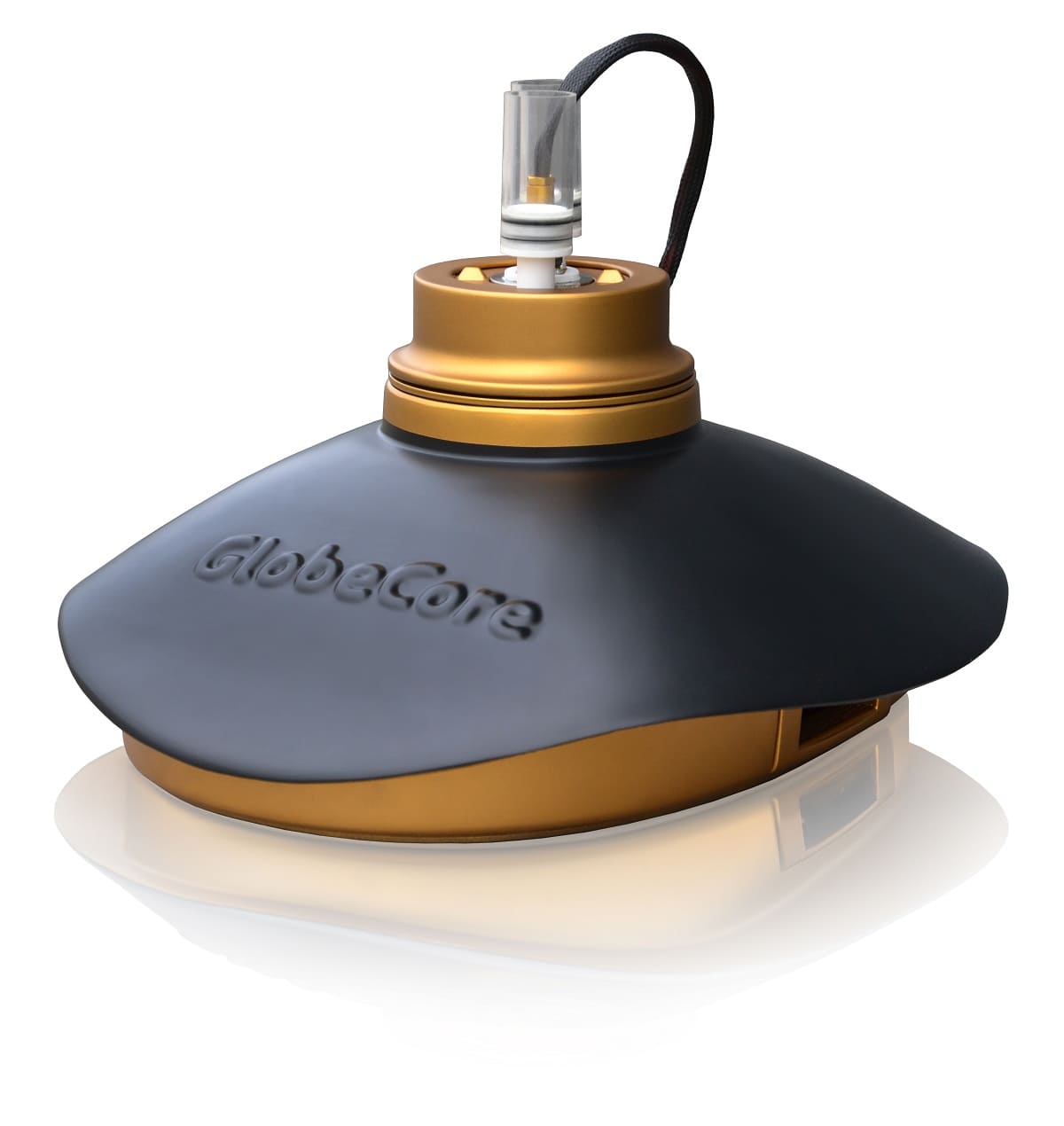How is a 3-phase transformer Megger test conducted?
- This topic has 1 reply, 2 voices, and was last updated 1 year, 2 months ago by .
Answers
-
September 17, 2024 at 2:26 pm by Ryan Adams
A 3-phase transformer Megger test is conducted to assess the insulation resistance of the transformer windings, ensuring that they are in good condition and capable of withstanding operational voltages. Begin by disconnecting the transformer from the power supply and ensuring all connections are secure. Use a Megger insulation tester, specifically designed for high-voltage applications, ensuring it is set to the maximum resistance value. Connect the Megger leads to the transformer’s primary and secondary windings, while keeping all other terminals grounded. Perform the insulation resistance test by applying a DC voltage (usually around 500V or higher depending on the transformer’s rating) for a duration of one minute. Record the insulation resistance values that should typically be above 1 Megohm per kV of the transformer’s rated voltage. Following the test, discharge any residual voltage and ensure safety before re-energizing the transformer. This Megger testing process effectively contributes to maintaining transformer reliability and is crucial for preventive maintenance strategies. In conjunction with this, performing a winding resistance test of transformer is also recommended to check for any discrepancies or faults in the windings themselves.



